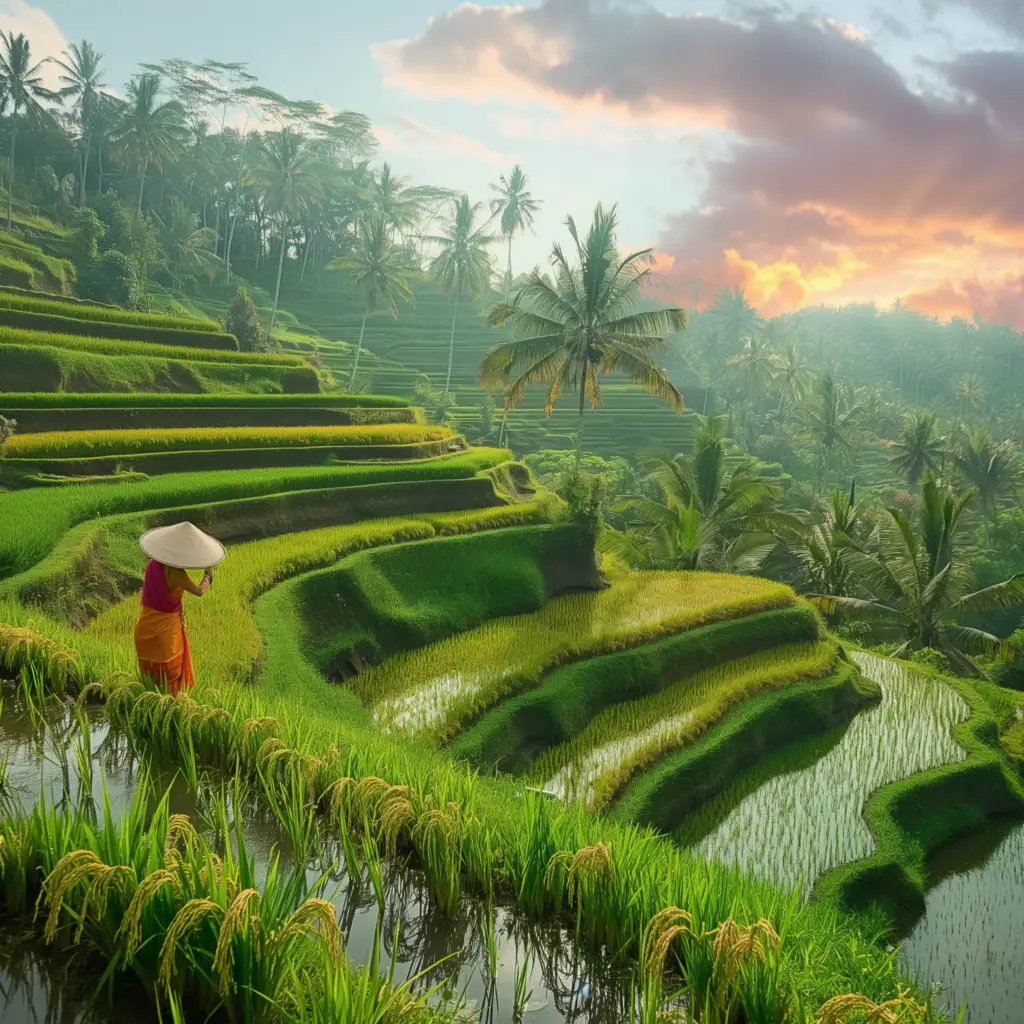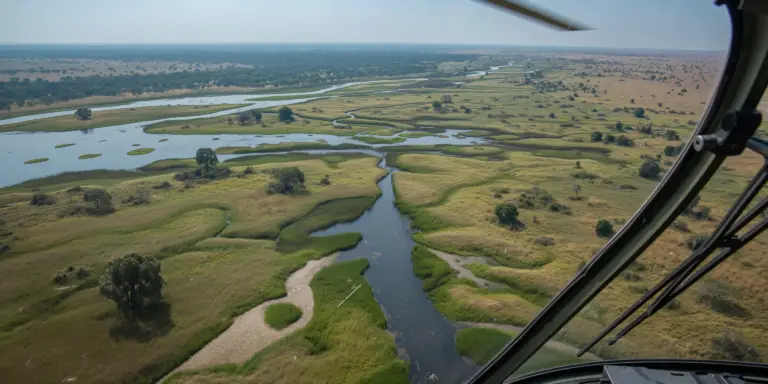The rice fields in Bali are more than just picturesque landscapes; they are a fundamental part of the island’s culture, economy, and way of life. These emerald-green paddies are intricately managed through an ancient and sophisticated water management system known as Subak. This traditional cooperative irrigation system, which dates back to the 9th century, is so culturally important that it was designated a UNESCO World Heritage Site.
Tegallalang Rice Terraces
One of the most famous spots to witness Bali’s rice terraces is in Tegallalang, located near Ubud. These terraces offer one of the most iconic views of Bali, with their lush, stepped terraces that showcase the subak system in action. Visitors to Tegallalang can explore the area through various walking trails, which provide excellent vantage points for photography. Local cafes and shops perched high above the terraces offer spots to relax and enjoy the sweeping views over a cup of local coffee or a meal.
Jatiluwih Rice Terraces
For a less commercial and more expansive paddy experience, the Jatiluwih rice terraces in the region of Tabanan are another must-visit. Spanning over 600 hectares, these terraces paint a breathtaking panorama that is more extensive and less crowded than Tegallalang. The name Jatiluwih translates to “truly marvelous,” a fitting description for this vast landscape. The area provides a deeper insight into rural Balinese life and offers several walking routes that range from short strolls to more extended treks across the paddies.
Cultural and Ecological Significance
The rice fields are a testament to the Balinese philosophy of Tri Hita Karana, which emphasizes the harmony between the human, spiritual, and natural realms. This philosophy is reflected in the communal labor of the rice paddies, where farmers manage the land in a sustainable and cooperative manner. The cycle of planting and harvesting rice also ties into numerous Balinese ceremonies and rituals, making the rice fields a living, breathing part of the island’s Hindu culture.
Visiting Bali’s rice fields provides not just a chance to witness breathtaking landscapes but also an opportunity to see a unique, community-based agricultural system in action. It’s an essential part of any trip to Bali, offering insights into the island’s heritage and the chance to connect with the natural beauty that defines much of Bali’s countryside.












